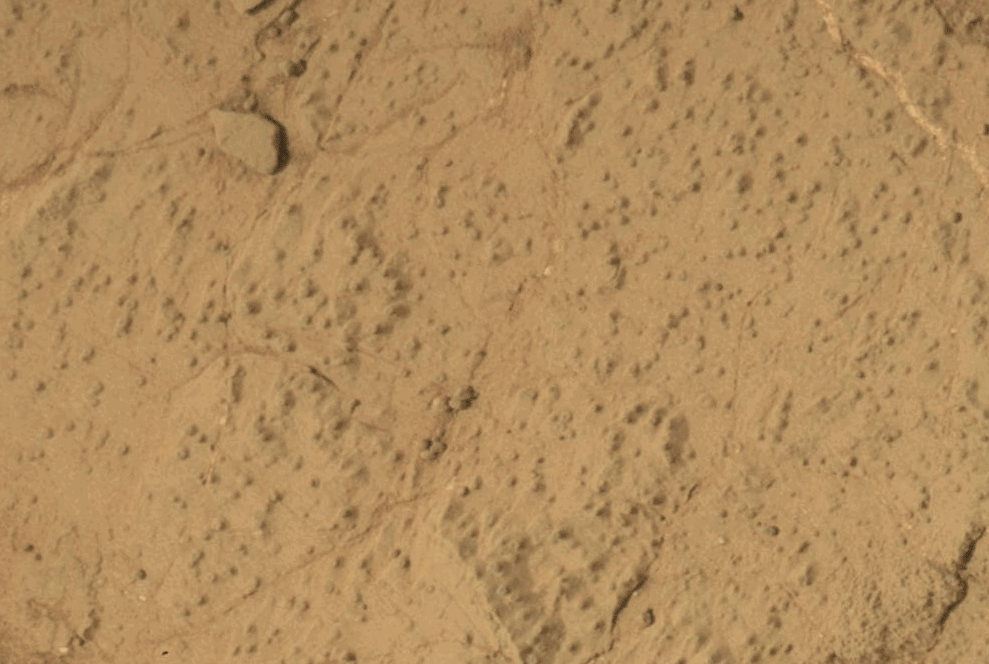Autodesk releases 3ds Max 2026
www.cgchannel.com
html PUBLIC "-//W3C//DTD HTML 4.0 Transitional//EN" "http://www.w3.org/TR/REC-html40/loose.dtd"Autodesk has released 3ds Max 2026, the new version of its 3D modelling and visualization app.Its another iterative update, with workflow and performance improvements to 3D modeling, retopology, texturing and animation, and updates to the Arnold and USD plugins.https://www.cgchannel.com/wp-content/uploads/2025/03/250326_3dsMax2026_3Dmodeling.mp43D modeling: use Vertex Weld on splines as well as meshesIn the 3D modeling tools, the Vertex Weld modifier has been updated to support Spline objects as well as Mesh objects.Using Vertex Weld to close a spline means that it is still possible to apply further modifiers to the spline, including Extrude, Bevel, or Bevel Profile, and still have a successful result.There is also a new three-point method for creating spline Rectangle objects, which enables the object to be created at angles other than world-aligned right angles.Retopology: Monthly limit on Flow Retopology jobs increased3ds Max 2026 features updates to the softwares retopology plugins, including the new Flow Retopology plugin introduced with 3ds Max 2025.2 last July.It mimics the functionality of the existing Retopology Tools, but makes it possible to submit retopology jobs to run in the cloud, rather than on the users machine.The current version, Flow Retopology for 3ds Max 1.2, is now bundled with 3ds Max 2026, and the usage limit has been raised from 30 to 50 cloud retopology jobs per month.Version 1.6 of the Retopology Tools plugin itself updates the Mesh Cleaner Modifier, and reduces processing time when using the ReForm algorithm.https://www.cgchannel.com/wp-content/uploads/2025/03/250326_3dsMax2026_OSLMaps.mp4Shading and texturing: Default surface shader switched to OpenPBRFor texturing, the main change in 3ds Max 2026 is that OpenPBR is now the default material.Support for the open material standard, intended as a unified successor to the Autodesk Standard Surface and Adobe Standard Material, was originally added in 3ds Max 2025.3.There are also three new Open Shading Language (OSL) maps, including the Perlage map (above), which creates grooved circular patterns like those found inside antique watches.The Substance plugin, for editing procedural materials in Substance format inside 3ds Max, has also been updated, with Substance 3.0.5 making it possible to import materials from the online Substance 3D Assets library directly into 3ds Maxs Slate Material Editor.https://www.cgchannel.com/wp-content/uploads/2025/03/250326_3dsMax2026_Animation.mp4Animation: Performance updates to CAT, Biped and key modifiersFor animators, the changes in 3ds Max 2026 are very similar to those in 3ds Max 2025.3: more bugfixes to the CAT and Biped toolsets.There are also more performance updates to key modifiers, including the Array, Conform, Displace and Skin Modifiers.3ds Max Fluids have been updated for a processing speed improvement of up to 10%.https://www.cgchannel.com/wp-content/uploads/2025/03/250326_3dsMax2026_Workflow.mp4Workflow: Quality-of-life improvements to modifiers and searchOther general quality-of-life improvements include a new Preserve Stack Position toggle to return to the modifier previously selected for an object before selecting a new object.The Create section of the Command Panel gets a new Object Search widget.Rendering: Updates to Arnold for 3ds Max3ds Max 2026 also ships with an updated version of the integration plugin for Autodesks Arnold renderer, with MAXtoA 5.8.0 introducing support for the Arnold 7.4.0.0 core.Key changes since the release of 3ds Max 2025.3 include a new transmission_shadow_density parameter in the OpenPBR Surface and the Standard Surface shaders, to control the look of shadows cast by transparent objects, as shown in the image above.Global Light Sampling (GLS) now takes material glossiness into account, which greatly enhances render quality, especially in scenes with many small lights.Arnolds support for ID matte-generation system Cryptomatte has also been improved, with a new internal implementation adding GPU support, and improving performance on CPU.Other changes include improvements to MaterialX and USD support, to the implementation of OpenPBR, and to the MAXtoA plugin itself and the Arnold RenderView. However, Arnold 7.4 is a compatibility-breaking update, so shaders, procedurals, and other plugins compiled against older versions of Arnold will need to be recompiled.https://www.cgchannel.com/wp-content/uploads/2025/03/250326_3dsMax2026_USD.mp4Pipeline integration: new Layer Editor and light linking in USD for 3ds max3ds Maxs Universal Scene Description plugin has also been updated, with USD for Maya 0.10 adding a new Layer Editor for managing USD layers, and support for light linking.The plugin is also now bundled with 3ds Max, rather than being a separate download.Price and system requirements3ds Max 2026 is compatible with Windows 10+. It is rental-only. Subscriptions cost $235/month, up $10/month since the previous release, or $1,945/year, up $70/year.In many countries, artists earning under $100,000/year and working on projects valued at under $100,000/year qualify for Indie subscriptions, which now cost $320/year, up $15/year.Read an overview of the new features in 3ds Max on Autodesks websiteRead a full list of new features in 3ds Max 2026 in the online documentationHave your say on this story by following CG Channel on Facebook, Instagram and X (formerly Twitter). As well as being able to comment on stories, followers of our social media accounts can see videos we dont post on the site itself, including making-ofs for the latest VFX movies, animations, games cinematics and motion graphics projects.
0 Commentaires
·0 Parts
·59 Vue









